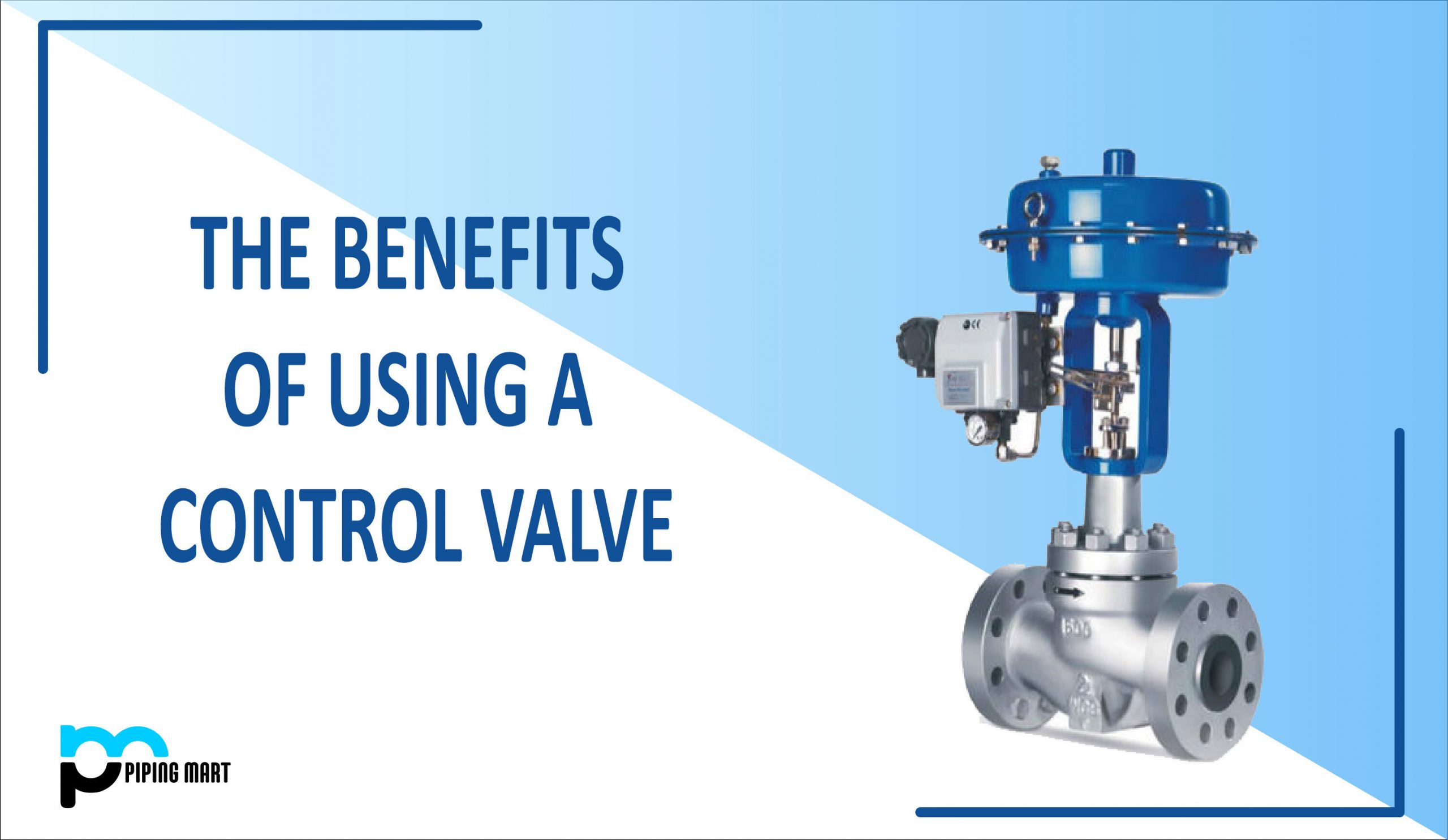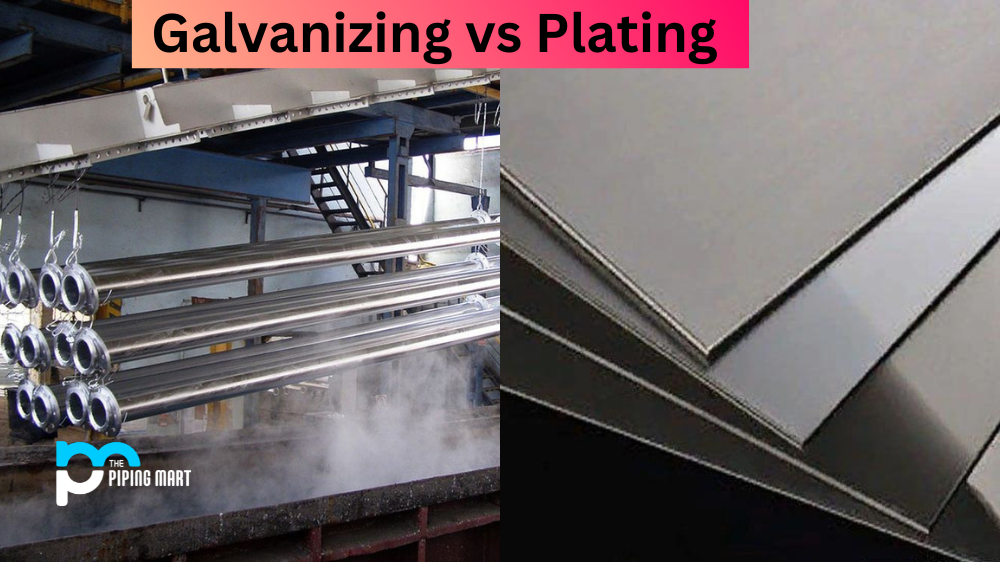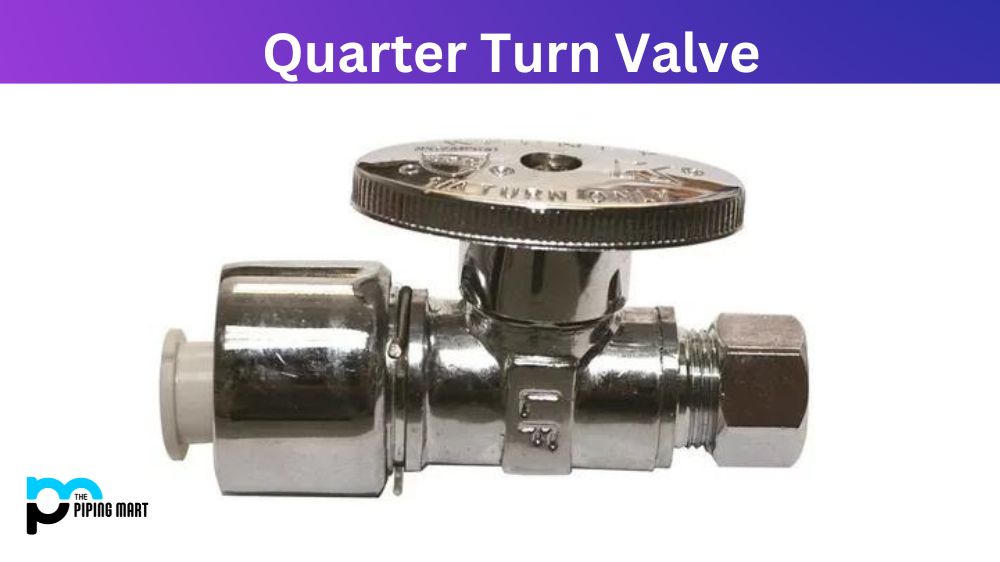Plunger valves are commonly used in various industries, such as mining, food processing, and water treatment. These valves are designed to handle high pressure, high temperature, and abrasive materials. But like any other industrial technology, plunger valves have advantages and disadvantages. This blog post will explore the benefits and drawbacks of using plunger valves in industrial applications.
What is Plunger valve?
Plunger valves are a type of mechanical device used to control and regulate the flow of a fluid or gas. They work by using pressure, which is created by a plunger inside the valve that pushes against the fluid/gas in order to create a seal. This seal is then used to regulate how much material can pass through the valve at any given time. Plunger valves provide precise control over flow rates, making them ideal for use in industrial and manufacturing settings.
Advantages of Plunger Valves:
Durability: Plunger valves are made of sturdy materials such as cast iron, stainless steel, and high-density plastic. These materials highly resist corrosion, rust, and wear and tear.
High-pressure and temperature endurance: Plunger valves are designed to withstand high fluid pressures and temperatures. They can operate efficiently at pressure ranges up to 10,000 psi or more.
Precise flow control: Plunger valves offer excellent flow control precision. They can handle viscous and abrasive fluids with minimal pressure losses and flow fluctuations.
Low maintenance: Plunger valves have fewer moving parts than other valves. This means that there is less wear and tear, and less maintenance is required. They are also easy to service and repair, and spare parts are readily available.
Disadvantages of Plunger Valves:
High cost: Plunger valves are relatively expensive compared to other valves due to their robust construction and high pressure/temperature tolerance. This can make them cost-prohibitive for some low-budget applications.
Limited flow capacity: Due to their design, plunger valves have limited flow capacity compared to other valve types. This means they may not be suitable for high-flow rate applications such as large-diameter pipelines.
Limited media types: Plunger valves are best suited for handling abrasive and dense fluids such as slurry and pulp. They may not be appropriate for handling light, volatile, and corrosive media.
Limited valve sizes: Plunger valves come in specific sizes and configurations. This can make it difficult to find the right valve for a particular application where space or pipeline diameter is a constraint.
Conclusion:
Plunger valves offer several advantages and disadvantages to users in industrial applications. Their durability, high-pressure/temperature tolerance, precise flow control, and low maintenance requirements make them ideal for handling abrasive and viscous fluids. However, their high cost, limited flow capacity, media types, and valve sizes may make them less suitable for some applications. The key to selecting the right valve for a particular application is to consider its requirements, such as flow rate, media type, pressure, and temperature range. Consultation with a valve expert can help ensure the right valve is selected for a given application.

Pipingmart is a B2B portal that specializes in metal, industrial and piping items. Additionally, we share the latest information and information about materials, products and various types of grades to assist businesses that are involved in this business.




